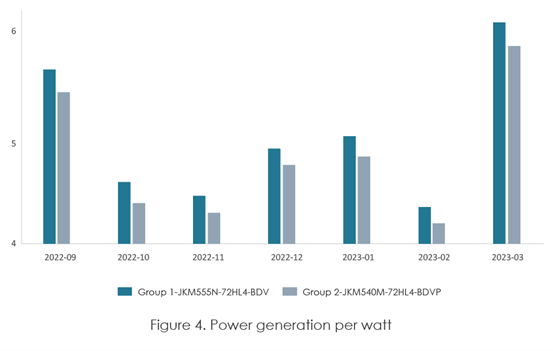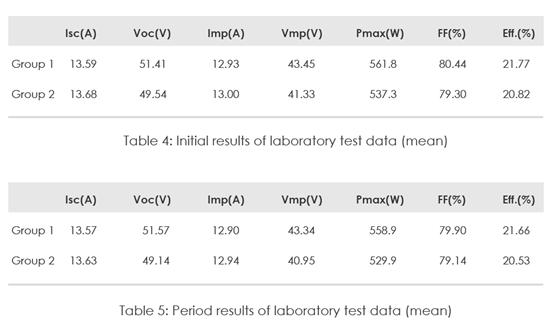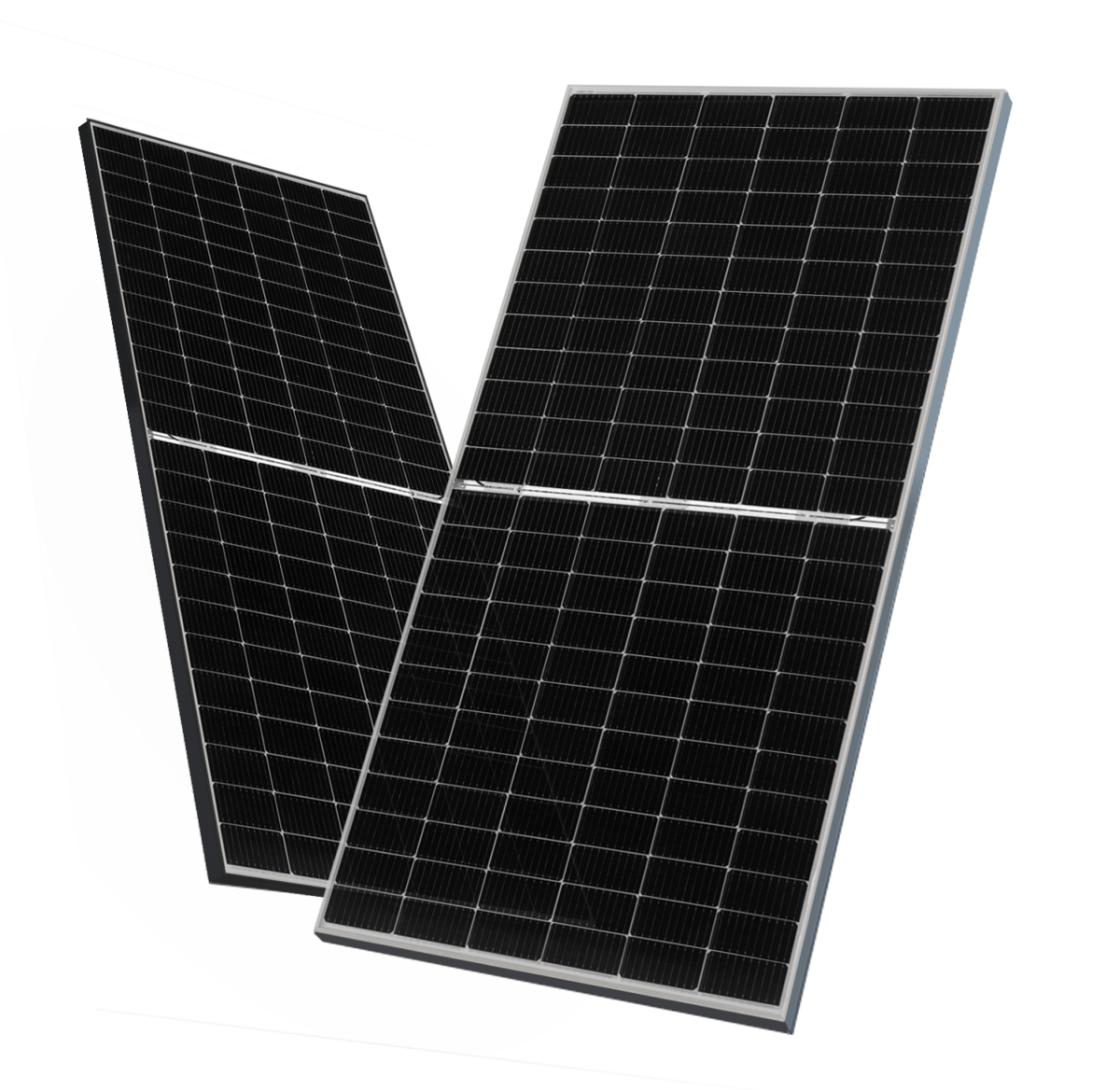The PV manufacturing industry’s shift to n-type tunnel oxide passivated contact (TOPCon) cells is well underway, with the previous generation of p-type PERC now expected to disappear from the market over the next few years.
And as more of these n-type productions make their way into commercial PV installations around the world, the industry is keen to see how well they live up to the claims of higher efficiency, better performance, and lower degradation rates that have driven the rapid switch on the manufacturing side.
The National Photovoltaic Quality Inspection Center in China is the latest to publish results illustrating n-type module performance in the field. The center took 20 PV modules – 10 n-type TOPCon and 10 p-type PERC – from Chinese manufacturer JinkoSolar and conducted a test to compare their performance under identical installation conditions.
The modules, all bifacial models consisting of 144 half cells, were first measured in the lab, and then installed on fixed-tilt mounting structures at a 40-degree angle, at a site in Yinchuan, north-western China.

Image: CPVT
The energy generation of the modules was monitored with a DC meter at 1-minute intervals from September 2022 up until March 2023. Using data from both the lab and outdoor measurements, the group calculated the energy yield per watt for each technology by dividing their cumulative power generation by the average test power times module quantity.
Popular content

After seven months installed, the results showed that the n-type modules (Group 1 in the chart above) achieved a 3.69% gain in energy yield compared to the PERC products. The modules were also monitored for degradation, going through laboratory characterization tests before and after the seven-month installation period.
These calculations, based on dividing the initial power minus the post-installation power by the initial test power, showed an average annual degradation rate of 0.51% for the TOPCon products, compared with 1.38% for the PERC products.

This content is protected by copyright and may not be reused. If you want to cooperate with us and would like to reuse some of our content, please contact: editors@pv-magazine.com.



1 comment
By submitting this form you agree to pv magazine using your data for the purposes of publishing your comment.
Your personal data will only be disclosed or otherwise transmitted to third parties for the purposes of spam filtering or if this is necessary for technical maintenance of the website. Any other transfer to third parties will not take place unless this is justified on the basis of applicable data protection regulations or if pv magazine is legally obliged to do so.
You may revoke this consent at any time with effect for the future, in which case your personal data will be deleted immediately. Otherwise, your data will be deleted if pv magazine has processed your request or the purpose of data storage is fulfilled.
Further information on data privacy can be found in our Data Protection Policy.